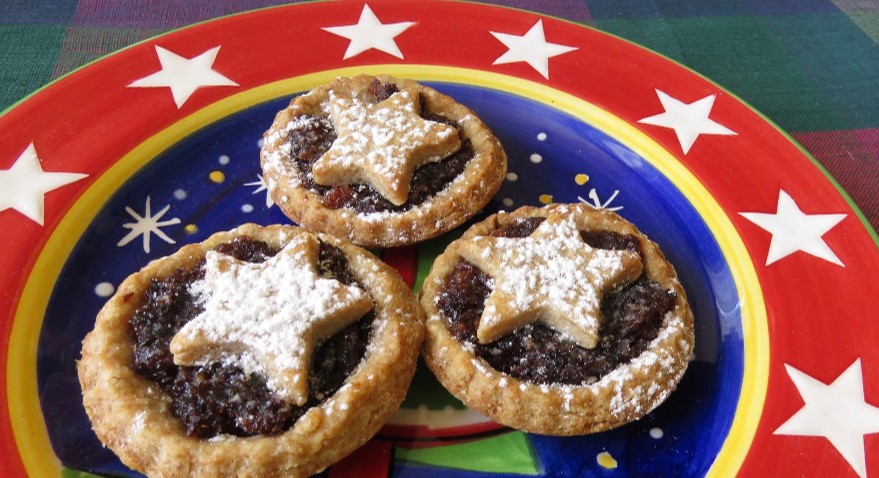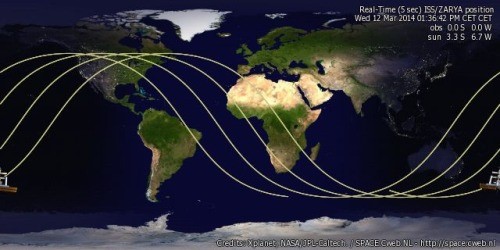



This is a festive worksheet aimed at KS3 and GCSE students.
We all leave mince pies out on the fireplace for Santa on Christmas Eve.
With nearly 400 million children to visit, that is a lot of sweet treats!
Not even Santa can eat that many tasty bakes.
So, what happens to all the leftovers?
What you may not know, is that where a car uses petrol, diesel, or electricity for fuel; Santa's sleigh uses mince pies.
As with any real-world problem, we need to first simplify it into basic assumptions.
First, we need to know how much energy is in a mince pie. This will vary between different brands as well as those baked at home. So, we select a figure, in this case 226 kCal, the energy in one brand of mince pie.

Step One: How many joules (1 kCal = 4.184 kJ) are in one of these mince pies?
For comparison: Jet fuel has energy equal to 44.65 MJ per kg.
Let us then assume that Santa's Sleigh is comparative to a supersonic plane.

Spaceaero2, CC BY-SA 3.0, via Wikimedia Commons
These use up fuel at a rate of 25,699 kg per hour, allowing the plane to fly at 2179 kilometres per hour.
Step Two: How much energy does the above plane use during one hour of flight?
The next assumption is that Santa would travel the same route as the International Space Station. This would mean a distance of 43,000 km.

ISS Tracker available from the Independent Space and Technology Center
Step Three: How long would it take for the above plane (and therefore Santa's sleigh) to travel this distance?
Time = Distance ÷ Speed
Step Four: How much Jet fuel would this flight require?
Mass = Fuel Consumption × Time
Step Five: How much energy is in that amount of fuel?
Energy required = Energy per kg × Mass
Step Six: So, how many mince pies would be required to provide the same amount of energy?
Number of Mince Pies = Energy required ÷ Energy in a Mince Pie
Consider the assumptions used in the above calculation: